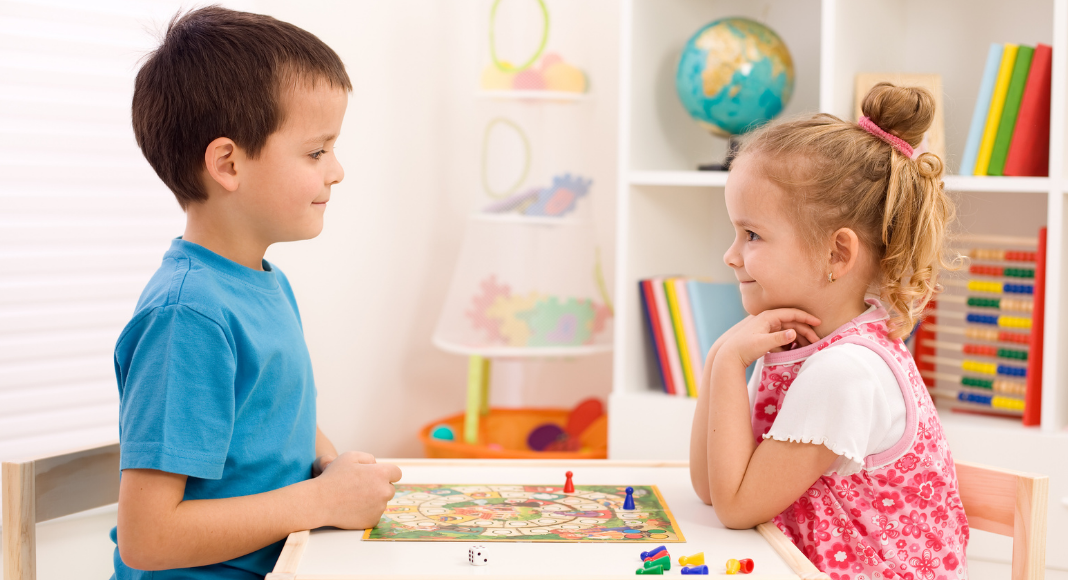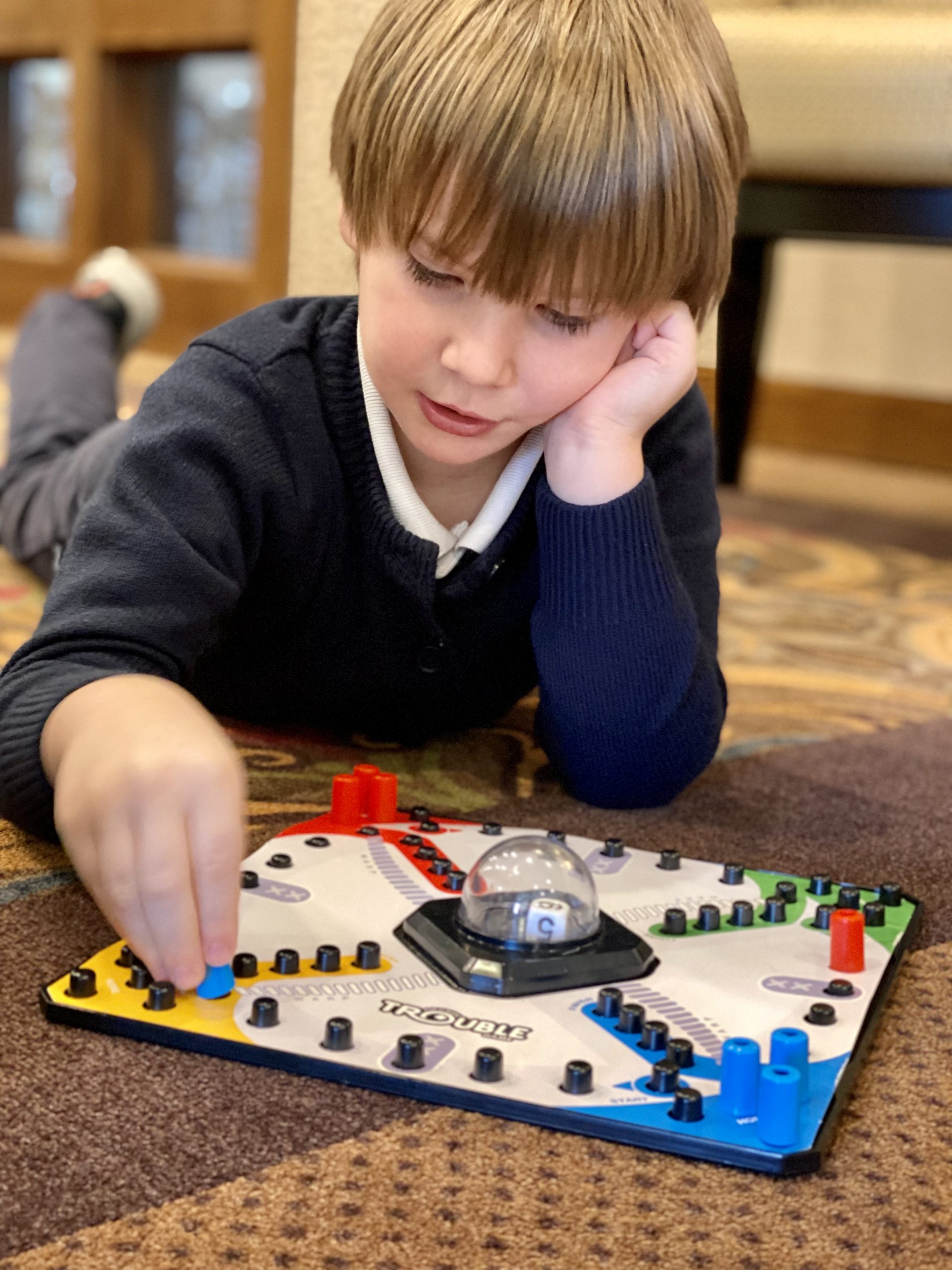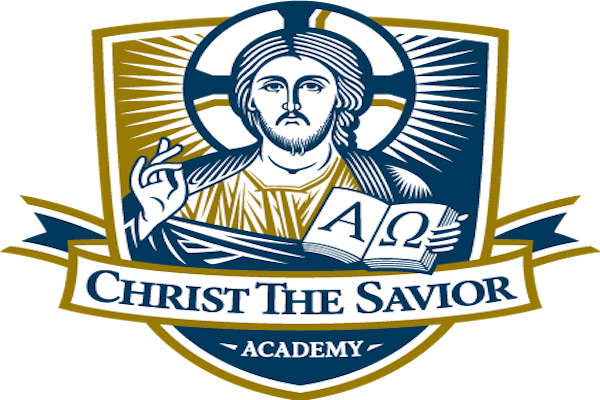This article is sponsored by Christ the Savior Academy.
 When Katherine Earles was preparing her children for kindergarten, getting them ready to read was important, but developing their math mind was equally important.
When Katherine Earles was preparing her children for kindergarten, getting them ready to read was important, but developing their math mind was equally important.
As a former Wichita State University instructor who taught elementary education majors how to instruct young children in math, Earles has thought a lot about developing children’s math minds. Now she gets to put many of those principles into practice as the head-of-school and sixth grade math teacher at Christ the Savior Academy, a classical, Christian school at 13th and Rock Road.
Earles believes parents can play a huge role in getting their children ready and excited to learn math before they even begin school. Fortunately, none of her ideas involve flashcards, but, rather, games that your child will beg to play again and again.
“Games are a wonderful way to build real number sense at home,” Earles said. ”Some of our favorite games to encourage counting and addition skills are those that have dice with dots, number spinners or dice with numerals. It’s so much fun to play these simple games with your young children when you notice them learning along the way. Just remember, the goal is not speed or memorizing “math facts”. Rather, the goal is understanding, becoming friends with the numbers we encounter.”
Mrs. Earles suggests two of her four-year-old’s favorite games to prepare your toddler for preschool and kindergarten math:
Game 1: “This Game is Bonkers”
Our preschooler started out playing This Game is Bonkers by moving his pawn in two stages: first, counting the dots on one face, moving his pawn the same number of spaces, then counting the dots on the second face, continuing to move his pawn forward. Eventually, he didn’t need to count the dots – he recognized the groups of dots at a glance. When we play with him, we are deliberate about how we move our pawns, always counting out loud so he can follow along.
Since he has mastered moving his pawn one die at a time, we have advanced to modeling the next stage, saying “a three and a five are eight”, then counting our pawns from one to eight on the board. Addition facts are sneaking in; no flash cards required!
Game 2: Teaching Math Through “Trouble”
 Two more favorite games are Trouble and Chutes & Ladders. These games had a new built-in math exercise for our preschooler. Because they both use numerals (1, 2, 3, 4,…) rather than dots on dice, playing requires him to recognize the symbol (for example, “3”), know its name is “three”, and then move his pawn forward the correct number of spaces. We are always careful to model these steps out loud when it’s our turn!
Two more favorite games are Trouble and Chutes & Ladders. These games had a new built-in math exercise for our preschooler. Because they both use numerals (1, 2, 3, 4,…) rather than dots on dice, playing requires him to recognize the symbol (for example, “3”), know its name is “three”, and then move his pawn forward the correct number of spaces. We are always careful to model these steps out loud when it’s our turn!
Games that use spinners or dice with numerals (1, 2, 3, 4, …) give children a chance to practice the names of the numbers and what the numeral symbols mean. We have a similar goal when we teach a child to recognize the first letter of his name and the sound it makes (“Look! There is an R for Robert! RrrrrrRobert!”)
“Watching children build their math skills always thrills me, both as a parent and as a teacher,” Mrs. Earles said. “In our classrooms at CSA, we encourage our students to be actively engaged with numbers, shapes, patterns, and measurement as a vital step on their way to becoming proficient practitioners of mathematics.”
Katherine Earles has a Master of Science in Mathematics from Wichita State University and a Bachelor of Science in Engineering from Idaho State University. She is currently the head-of-school at Christ the Savior Academy and teaches sixth grade math. She is the mother of three: a freshman, fifth grader and four-year-old.
 Christ the Savior Academy, located at 13th and Rock Road in Wichita, is a classical, Christian School, with classes from Junior Kindergarten (age 4) to 7th grade. The classical curriculum is a time-tested model used since the Ancient Greek, Roman and Medieval times. Oxford, Eton and Cambridge have used the classical method to produce leaders for centuries.
Christ the Savior Academy, located at 13th and Rock Road in Wichita, is a classical, Christian School, with classes from Junior Kindergarten (age 4) to 7th grade. The classical curriculum is a time-tested model used since the Ancient Greek, Roman and Medieval times. Oxford, Eton and Cambridge have used the classical method to produce leaders for centuries.
















